Stinky Seduction: Flowers Use Shocking Scents to Attract Bugs
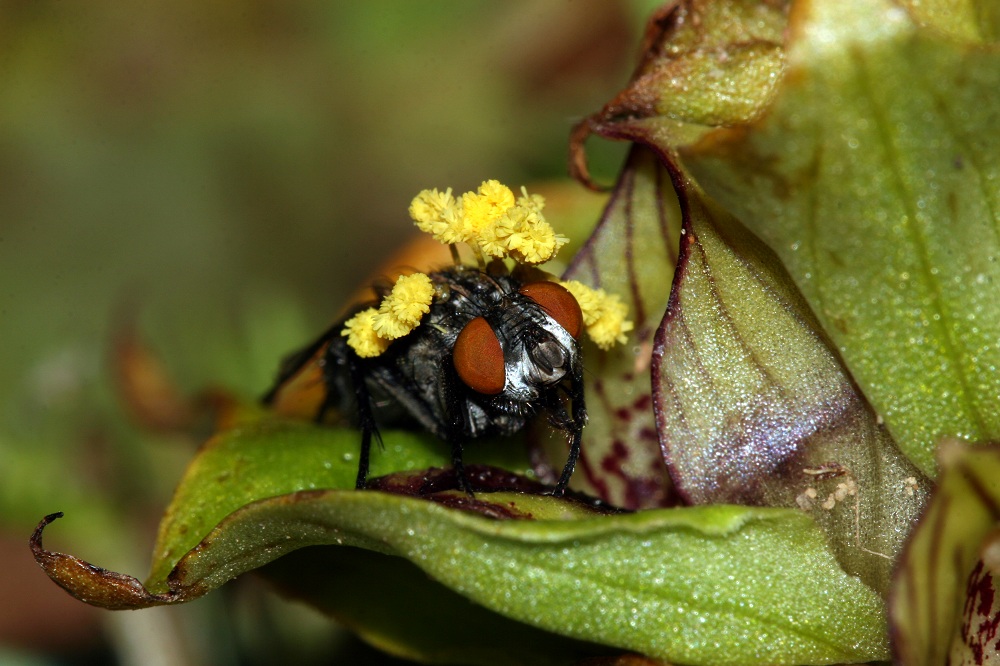
Catching Flies With Roadkill
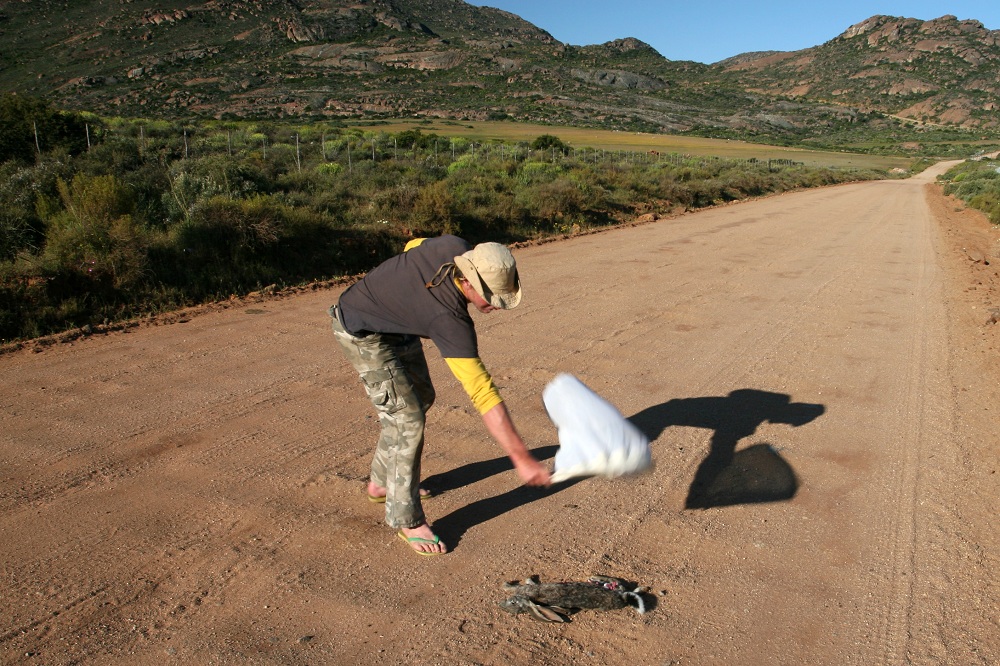
Timotheüs van der Niet catches flies from roadkill to see which might be carrying orchid pollen.
Smelly Orchid
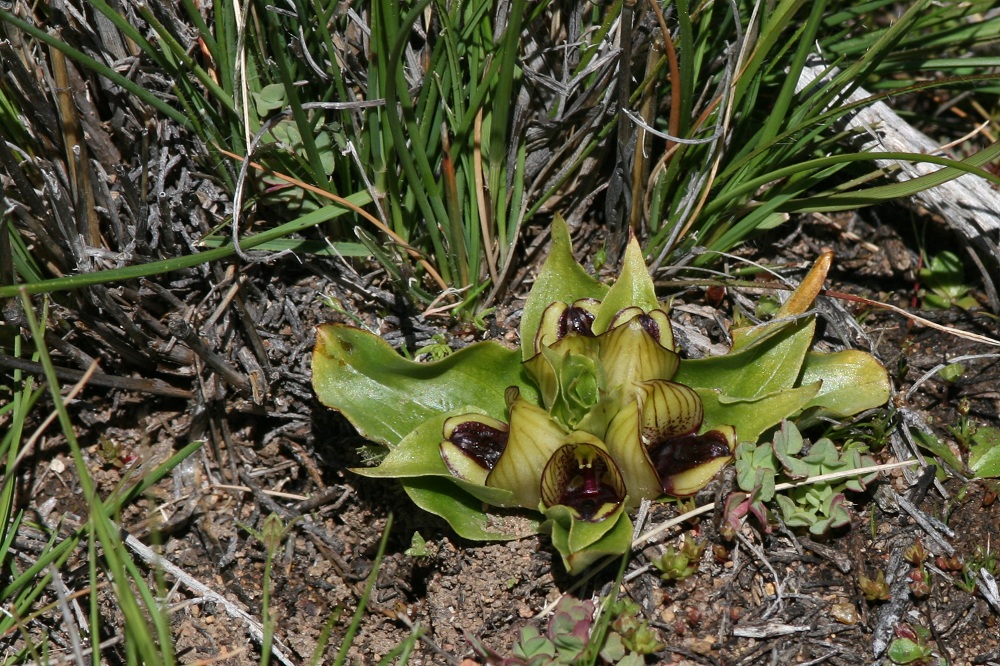
This orchid (Satyrium pumilum), native to South Africa, attracts carrion-loving flesh flies to pollinate it.
Fly Pollinating Orchid
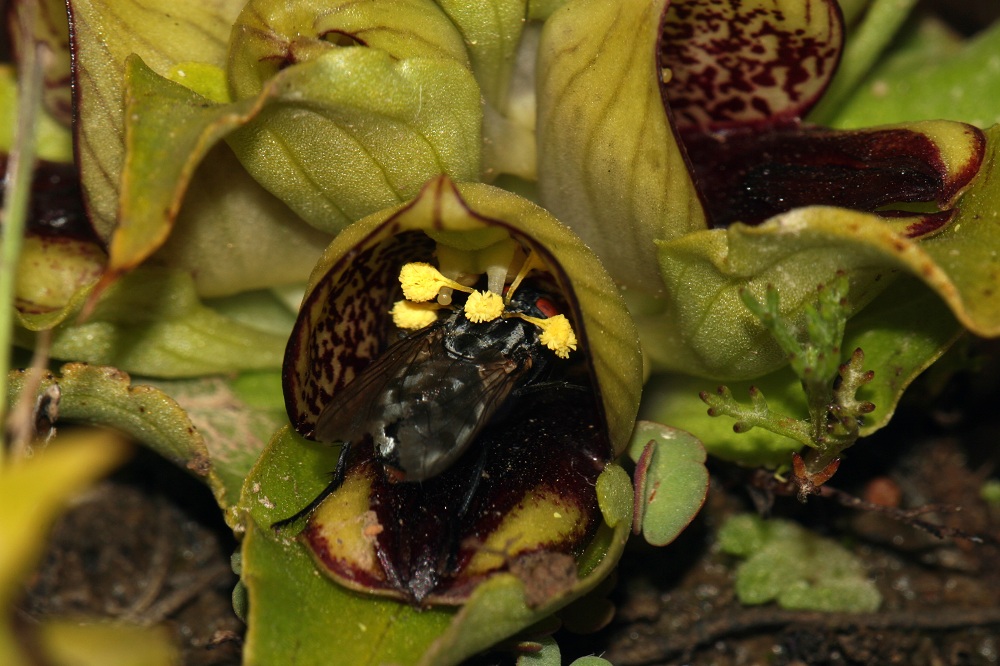
The orchid has a special smell of roadkill that selectively attracts flesh flies.
Pollen PomPoms on Flesh Fly
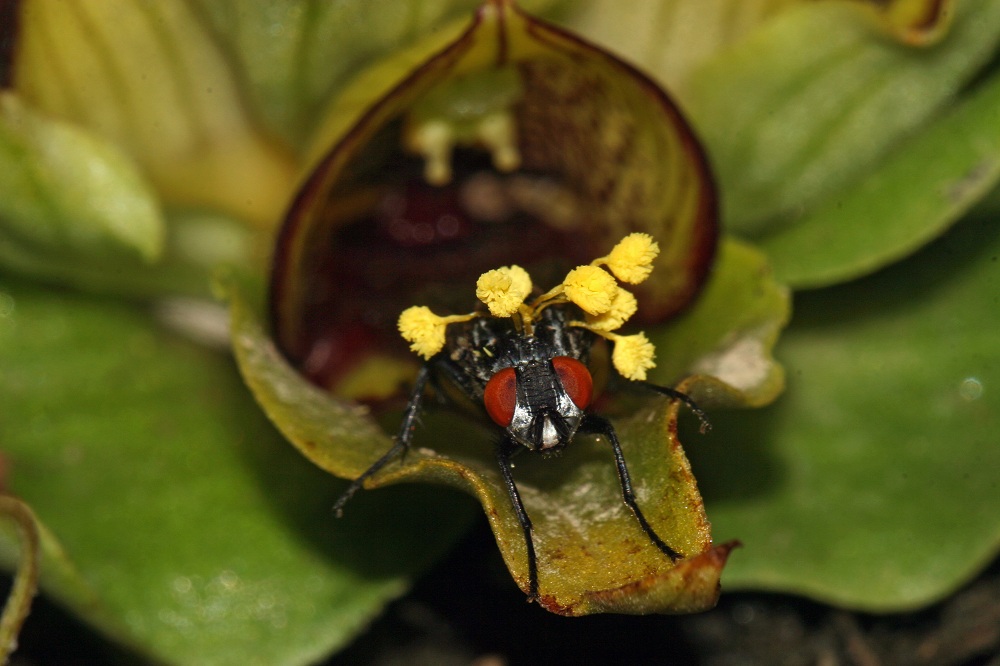
The orchid lures the flies into its carrion-scented boosom so the fly can pick up pollen and deposit it on other flowers.
Blooming Corpse Flower
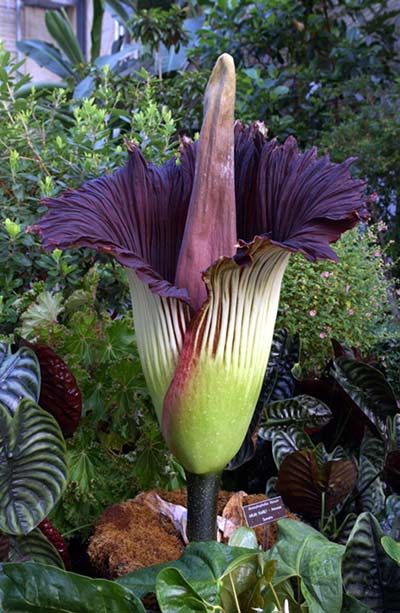
A corpse flower in bloom in 2003 at the United States Botanic Garden. This was the second time the then 10-year-old plant had bloomed; the first was in 2001.
World's Largest Flower Finally Finds Home
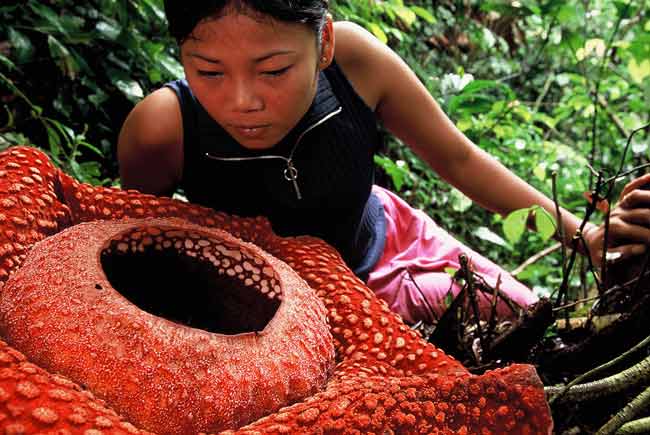
A woman leans over a rafflesia flower, which can reach three feet in diameter and releases a rotting-flesh odor to attract pollinators.
Skunk Cabbage
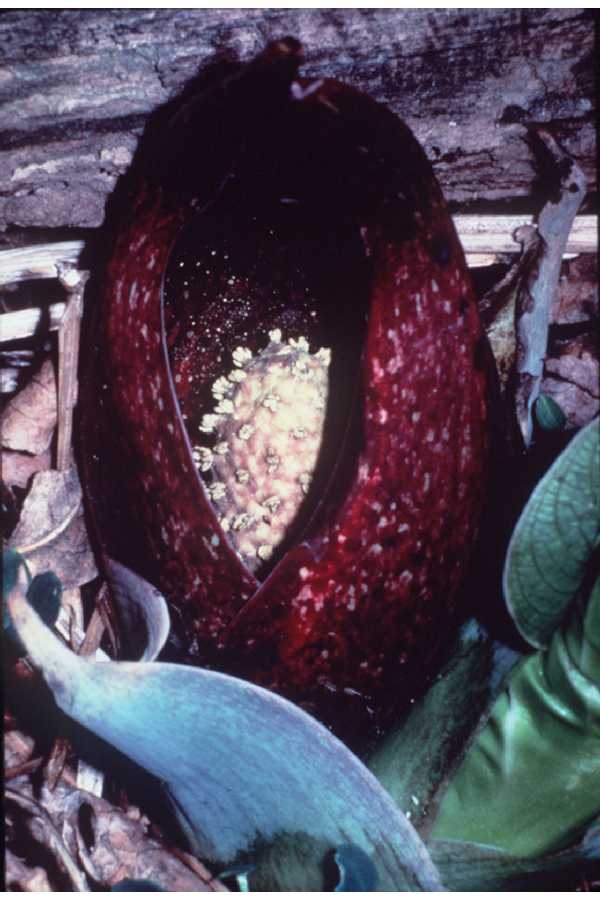
The skunk cabbage (Symplocarpus foetidus) is a member of the arum family, which also includes jack-in-the-pulpit. Pollinators, such as carrion beetles and flesh flies are lured in by the plant's intense heat (which the skunk cabbage generates on its own) and color, which resembles rotting flesh. Its skunky smell also entices these pollinators.
Sign up for the Live Science daily newsletter now
Get the world’s most fascinating discoveries delivered straight to your inbox.
Corpse Flower
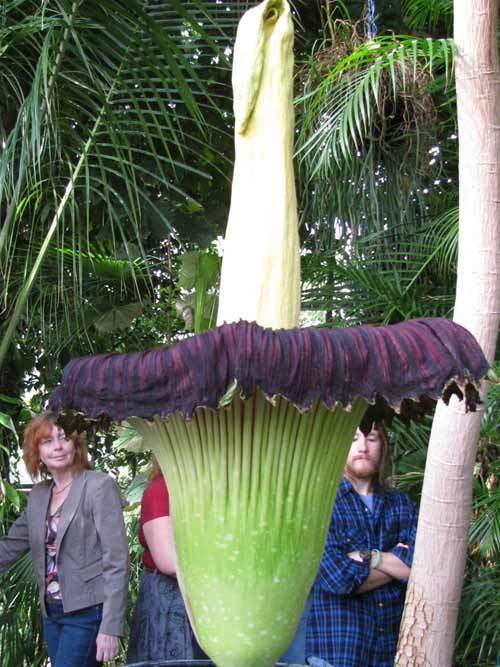
A rotten-flesh-smelling "corpse flower" named Metis, which bloomed on Sept. 14, 2010 at Binghamton University in upstate New York. Its corpse smell attracts its pollinators — carrion beetles and flesh flies.
Dead horse arum
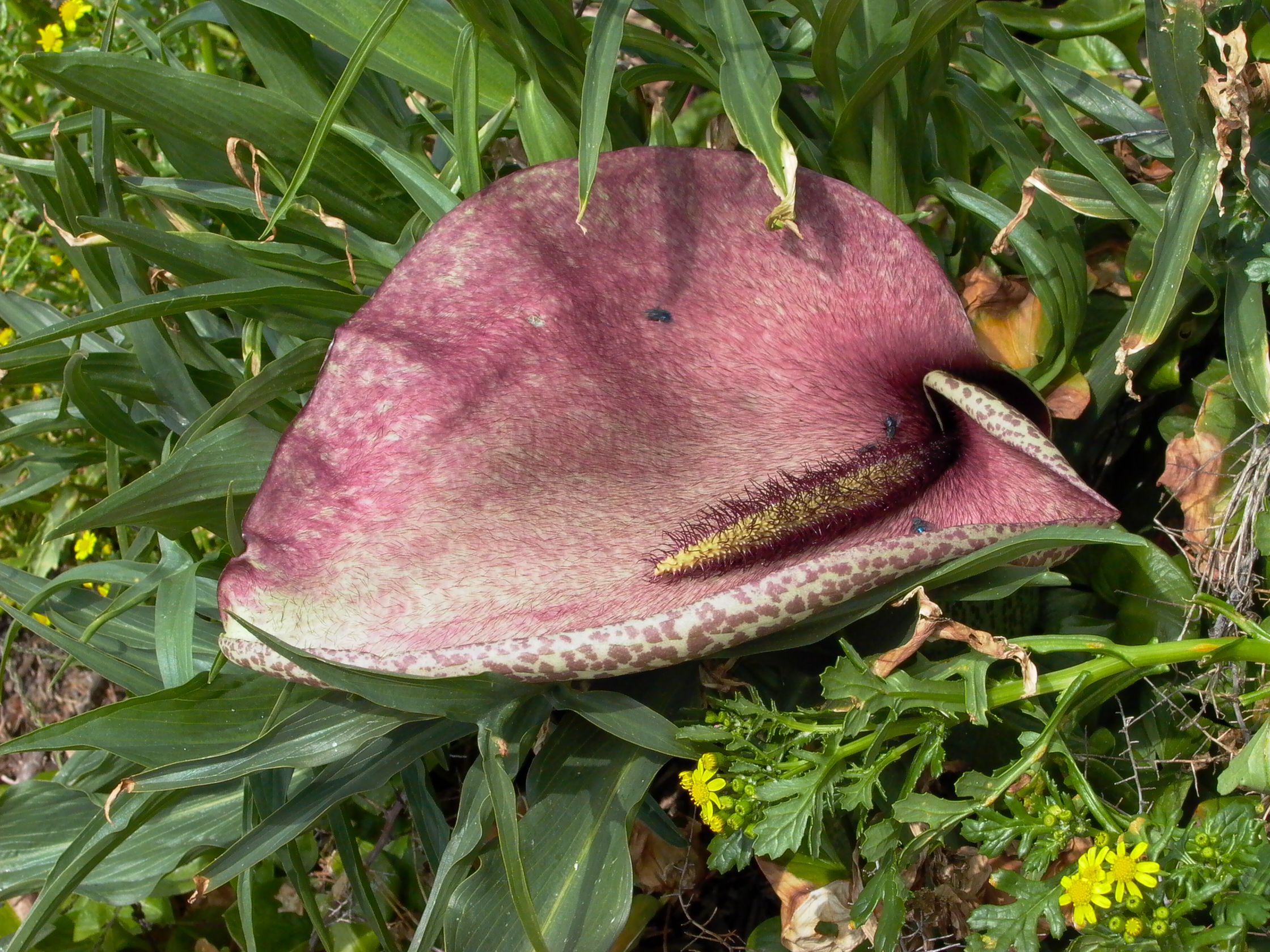
This plant, called the "dead horse arum" produces the stench of rotting meat, attracting carrion-seeking blowflies which act as pollinators.
Jennifer Welsh is a Connecticut-based science writer and editor and a regular contributor to Live Science. She also has several years of bench work in cancer research and anti-viral drug discovery under her belt. She has previously written for Science News, VerywellHealth, The Scientist, Discover Magazine, WIRED Science, and Business Insider.











